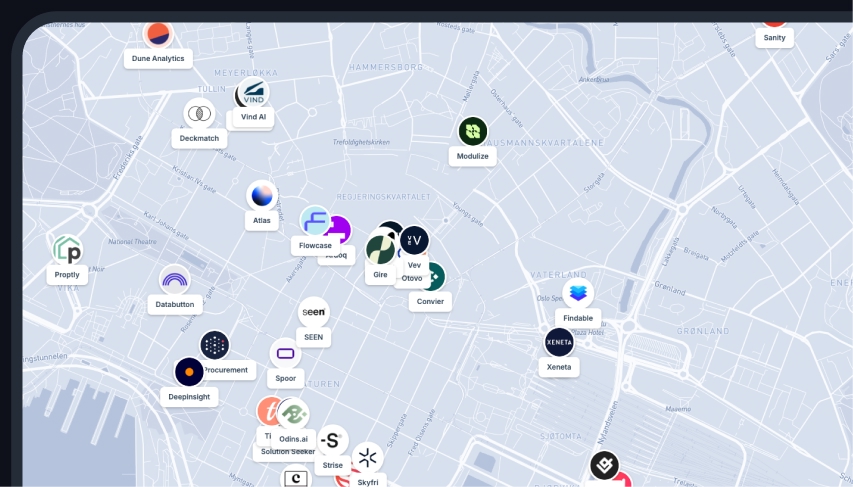Overview of the Delaware River
The Delaware River is a vital waterway in the northeastern United States, stretching about 579 kilometers (360 miles) from its source in New York State to its mouth in the Delaware Bay, where it meets the Atlantic Ocean. The river serves as a natural border between Pennsylvania and New Jersey and provides drinking water to millions of people.
Where is the Delaware River on the map?
The Delaware River begins in the Catskill Mountains of New York, then flows through Pennsylvania, New Jersey, and Delaware, before emptying into the Delaware Bay. It is one of the few major rivers in the U.S. that remains undammed along its mainstem, allowing for a free-flowing ecosystem.
Historical significance
The Delaware River is famous for its role in American history. On December 25, 1776, General George Washington led his troops across the icy river in a surprise attack against British forces in Trenton, New Jersey—a key moment in the American Revolution.
Major cities along the Delaware River
Several important cities and towns are located along the Delaware River, including:
- Port Jervis, New York: Near the river’s upper reaches, known for outdoor recreation.
- Easton, Pennsylvania: Home to historic canal systems and riverfront parks.
- Trenton, New Jersey: The state capital, historically significant for Washington’s crossing.
- Philadelphia, Pennsylvania: The largest city along the river, with a major port and historic sites.
- Wilmington, Delaware: A key financial hub near the river’s mouth.
Economic and environmental importance
The Delaware River supports millions of people in the Mid-Atlantic region. Key benefits include:
- Drinking water: The river provides water to over 15 million people, including residents of New York City and Philadelphia.
- Commerce and shipping: The Port of Philadelphia and Port of Wilmington handle international trade.
- Recreation: The Delaware Water Gap and other protected areas offer hiking, fishing, and boating.
- Wildlife habitat: The river and its estuary support diverse fish species, including striped bass and shad.
Challenges facing the Delaware River
Despite being a major resource, the Delaware River faces environmental concerns:
- Pollution: Urban runoff, industrial waste, and agricultural chemicals threaten water quality.
- Overfishing: Some fish populations, like Atlantic sturgeon, have declined due to past overfishing.
- Rising sea levels: The lower Delaware River and Bay are vulnerable to coastal flooding and saltwater intrusion.
- Climate change: Changing weather patterns affect river flow and habitat stability.
Conservation efforts
Organizations like the Delaware River Basin Commission (DRBC) work to protect and manage the river’s water quality. Cleanup efforts and habitat restoration projects have helped improve fish populations and recreational opportunities.
Work faster with spatial data
Easily import data, automate analysis and build spatial apps for the web, all within a single software.
FAQs
How long is the Delaware River?
The Delaware River is approximately 579 kilometers (360 miles) long.
Which states does the Delaware River flow through?
The river flows through New York, Pennsylvania, New Jersey, and Delaware.
Why is the Delaware River historically important?
It was the site of Washington’s Crossing during the American Revolution and played a role in early U.S. commerce.
What is the Delaware Water Gap?
The Delaware Water Gap is a scenic national recreation area known for hiking, fishing, and boating.
What are the biggest threats to the Delaware River?
Pollution, overfishing, rising sea levels, and climate change pose challenges to the river’s health.
